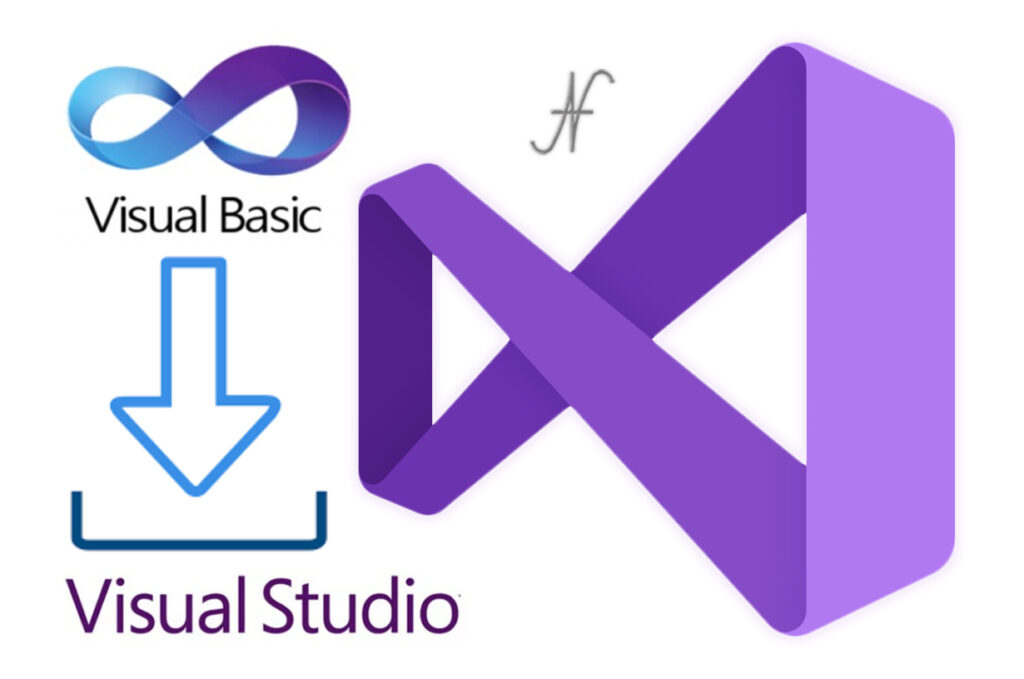
Free eBooks for Beginners
Visual Basic .NET (VB.NET) is a programming language that is designed for beginners. It is similar to Visual Basic, which was popular in the 1990s, but it has been updated and improved for modern use. In this article, we will discuss short-circuiting operators in VB.NET.
Short-circuiting operators are used in conditions to improve the efficiency of your code. They allow the program to skip evaluating the second condition if the first condition is already sufficient to determine the outcome. This can save time and resources, especially when working with large amounts of data.
There are two types of short-circuiting operators in VB.NET: AndAlso and OrElse.
The AndAlso operator is used to combine two conditions and check if both are true. For example, if you want to check if a number is greater than 5 and less than 10, you would use the AndAlso operator to combine the two conditions. If the number is greater than 5 and less than 10, then the program will take a certain action. If the number is not greater than 5 or not less than 10, then the program will take a different action. The advantage of using AndAlso is that it will not evaluate the second condition if the first condition is already false.
The OrElse operator is used to combine two conditions and check if either one is true. For example, if you want to check if a number is equal to 5 or equal to 10, you would use the OrElse operator to combine the two conditions. If the number is equal to 5 or equal to 10, then the program will take a certain action. If the number is not equal to 5 and not equal to 10, then the program will take a different action. The advantage of using OrElse is that it will not evaluate the second condition if the first condition is already true.
Short-circuiting operators are very useful when working with large amounts of data, because it allows the program to skip unnecessary evaluations and save time and resources. However, be mindful that it may change the behavior of your program if the second condition has side effects. It is important to understand the order of evaluation and the behavior of the short-circuiting operator in the specific case.
In conclusion, short-circuiting operators are a powerful tool for controlling the flow of your program and making it more efficient. They allow you to combine multiple conditions and check if they are true or false, and it can save time and resources by skipping unnecessary evaluations. With a little practice, you’ll be able to use short-circuiting operators to create powerful and useful programs. Remember to always test your code thoroughly and to use comments to explain what your code is doing, so that others can understand it easily.
Cookbook – VisualBasic.NET for Beginners – Chapter 06 : Short-Circuiting Operators
 Loading...
Loading...
Disclaimer: The information and code presented within this recipe/tutorial is only for educational and coaching purposes for beginners and developers. Anyone can practice and apply the recipe/tutorial presented here, but the reader is taking full responsibility for his/her actions. The author (content curator) of this recipe (code / program) has made every effort to ensure the accuracy of the information was correct at time of publication. The author (content curator) does not assume and hereby disclaims any liability to any party for any loss, damage, or disruption caused by errors or omissions, whether such errors or omissions result from accident, negligence, or any other cause. The information presented here could also be found in public knowledge domains.
Learn by Coding: v-Tutorials on Applied Machine Learning and Data Science for Beginners